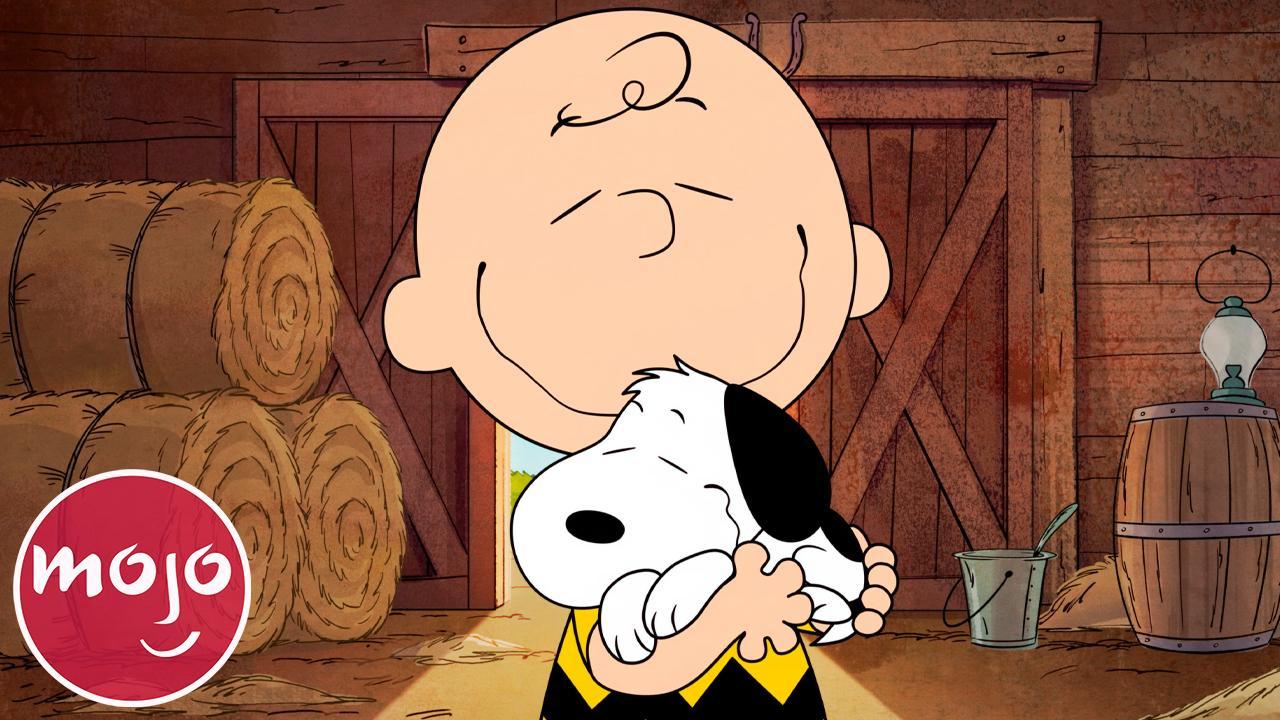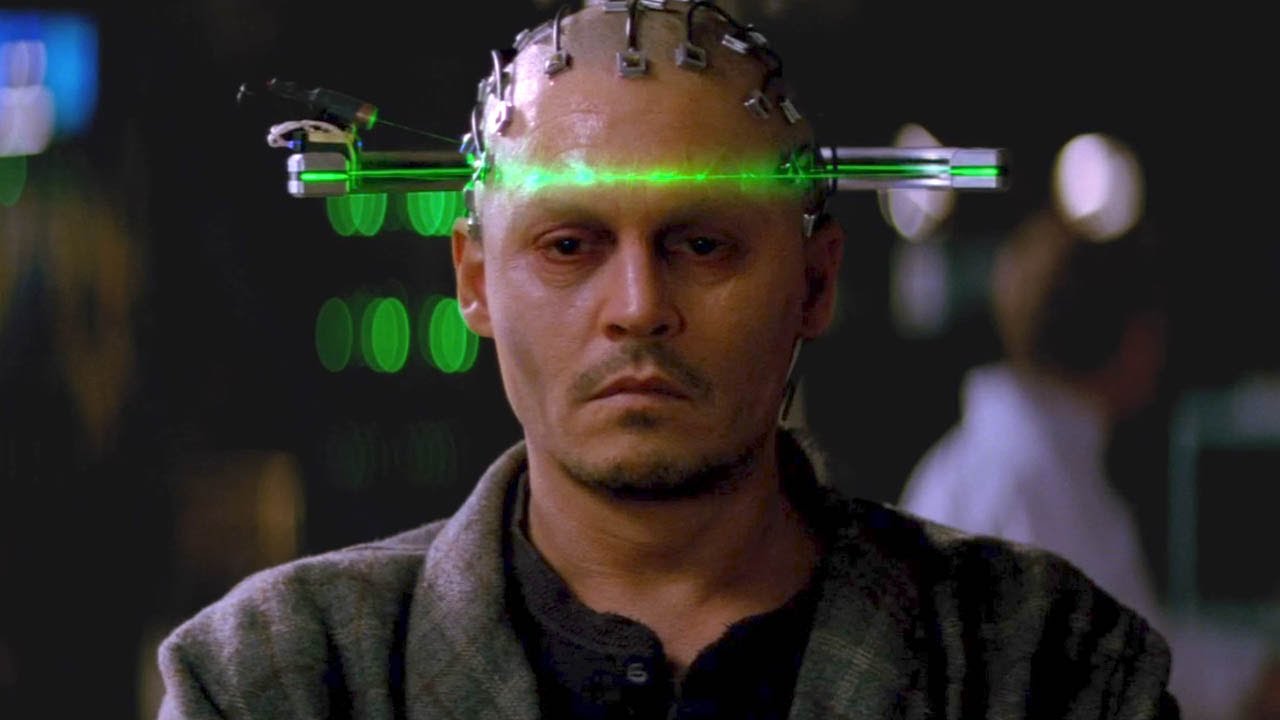
The Resurgence of Iconic Characters: Nostalgia Meets Modern Cinema
In a film landscape dominated by reboots and sequels, the return of legendary cinematic figures reminds us of the power of nostalgia. As studios double down on familiar brands, we are witnessing a fascinating synthesis of the past with contemporary storytelling. This blend is not just a cash grab; it speaks to audiences who have developed profound connections with these characters over the years.
A Walk Down Memory Lane
Characters like Indiana Jones and Batman have become cultural icons, representing eras and sentiments that resonate deeply with fans. These figures transcend their films, becoming part of our collective cultural memory. Disney, for instance, has successfully revitalized its animated characters through live-action adaptations, bringing beloved stories to new generations and reinvigorating interest in classic tales.
 Characters that shaped our childhoods are making a grand return, bridging generations of fans.
Characters that shaped our childhoods are making a grand return, bridging generations of fans.
The nostalgia factor is not merely about revisiting the past; it’s about how these characters can evolve. Modern filmmakers are tasked with keeping the essence of these figures while updating their narratives for today’s audiences. Take the latest installments of franchise favorites like Star Wars and Marvel; they recognize the need to resonate with newer audiences while honoring the original fanbase.
New Meets Old: The Delicate Balance
The challenge lies in striking the right balance between honoring the legacy of these characters and providing fresh, engaging narratives. As director James Gunn famously said, “Nostalgia is great, but if you can’t show what’s new and exciting, it’s all forgotten.” This philosophy underpins current adaptations, where storytelling can explore themes relevant to modern society while holding onto the charm of the original.
It’s evident that audiences are eager for thoughtful reimaginations rather than mere replicas. Take, for instance, the upcoming Ghostbusters sequel, which promises to take the franchise in a new direction while respecting its comedic roots. This blend of homage and innovation is crucial; it ensures that legacy characters don’t just exist for nostalgia’s sake but have a place in current dialogues.
The Role of Technology in Adaptation
Advancements in technology play a significant role in bringing these characters back to life with better visuals and storytelling techniques. CGI and other modern filmmaking tools allow directors to expand the universe of these legends without losing what made them iconic. For instance, the re-release of The Matrix with updated effects propelled the franchise back into the cultural zeitgeist and introduced it to a younger audience unfamiliar with the original films.
 Modern technology has birthed an array of possibilities for iconic characters, enhancing their on-screen representation.
Modern technology has birthed an array of possibilities for iconic characters, enhancing their on-screen representation.
Fan Culture and Audience Reception
The passionate fandom surrounding these characters has dramatically impacted their return. Box office successes often rely on the already established foundation these characters provide. With platforms like Twitter and Instagram, fans now have the tools to express their enthusiasm and critiques, shaping the direction studios take with sequels and reboots.
One prominent example is the recent success of Sonic the Hedgehog. Facing initial backlash from fans regarding its design, the studio responded with quicker-paced lines and a redesigned character and through engagement with the community, proved how vital fan feedback is in the development of these films. This interactive relationship has reshaped how studios think about legacy characters, showing that while nostalgia sells tickets, truly engaging fans can sell franchises.
Future of Cinematic Nostalgia
As we look to the future of cinema, the trend of resurrecting iconic characters shows no signs of slowing down. Films that successfully merge past heroes with modern sensibilities might just be the answer to keeping audiences engaged. With each new project that revives a cherished character, we are offered glimpses of how these beloved figures can resonate with contemporary narratives, inviting both old fans and new audiences to enjoy the journey together.
As audiences continue to gravitate toward familiarity garnished with innovation, it remains crucial for filmmakers to tread carefully—infusing nostalgic tales with creativity while keeping their uniqueness intact. The future of iconic characters hinges not only on how well they are remembered but also on how they grow, adapt, and evolve during these nostalgic resurrections.
 As characters evolve, they create new stories that can resonate with generations to come.
As characters evolve, they create new stories that can resonate with generations to come.
Conclusion
In conclusion, the resurgence of iconic characters reflects our innate desire for connection through storytelling. Whether through heartfelt reboots or meticulously crafted sequels, these enduring figures maintain their relevance by adapting to the changing landscape of cinema. As filmmakers explore this delicate balance, the continued evolution of these characters promises an exciting journey for both seasoned fans and newcomers alike. The marriage of nostalgia and modernity will undoubtedly shape the cinematic experiences of tomorrow.














